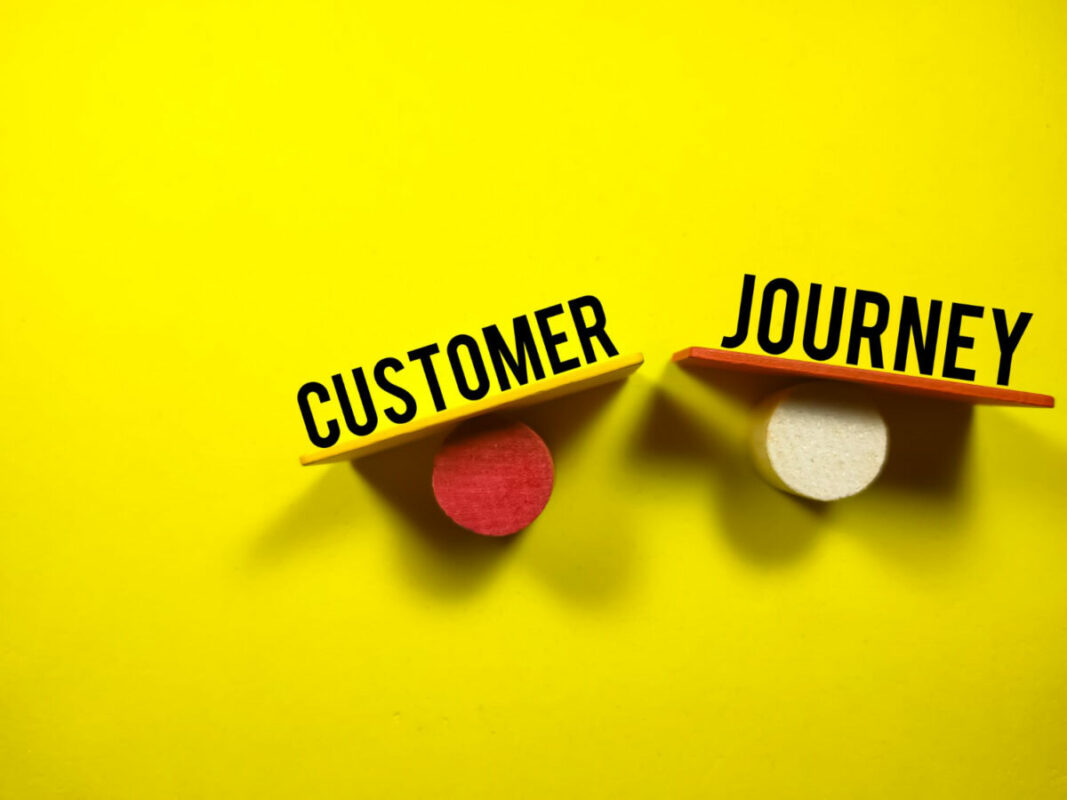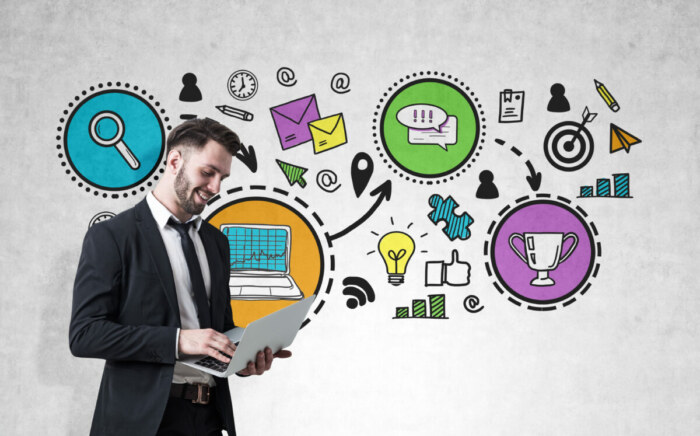Ever wondered what path your customers take before they finally make a purchase? This is known as the customer journey and touchpoints. It’s a roadmap detailing every step your customers go through, from the moment they become aware of your brand until they turn into loyal advocates.
Importance of the Customer Journey
Building Stronger Customer Relations
Understanding the customer journey is like having a secret recipe. It allows businesses to anticipate customers’ needs, tailor experiences, and foster strong relationships. After all, when you know what your customers are looking for, you can provide it more efficiently, right?
Streamlining Marketing Strategies
By grasping the ins and outs of the customer journey, businesses can optimize their marketing efforts. They can allocate resources more efficiently, ensuring that every dollar spent gives the best possible return.
Breaking Down Touchpoints
What are Touchpoints?
Imagine the customer journey as a trek through a vast forest. Along the way, there are specific spots – or touchpoints – where the customer interacts with the brand. These could be ads they see, emails they read, or social media posts they engage with.
Significance of Effective Touchpoints
Touchpoints are like milestones. They offer chances to impress, engage, and convert potential customers. Hence, having effective touchpoints can be the difference between a customer choosing you over competitors.
Mapping the Customer Journey
Step-by-Step Guide to Mapping
- Start by defining your customer personas.
- Identify all potential touchpoints.
- Determine the path a typical customer might take.
- Analyze pain points or bottlenecks.
- Iterate and refine based on feedback.
Benefits of Visualizing the Journey
Having a visual representation of the journey can be a game-changer. It gives a clearer perspective on what your customers experience, allowing teams to collaborate and strategize more effectively.
Optimizing Touchpoints for Better Engagements
Identifying Underperforming Touchpoints
Have you ever faced a situation where certain marketing efforts just don’t yield results? Dive deep, and you might find certain touchpoints underperforming. Analytics tools can be of great help here.
Strategies to Enhance Engagement
- Personalize content based on user behavior.
- A/B test different approaches to find what resonates.
- Seek feedback and make necessary improvements.
The Future of Customer Journeys and Touchpoints
Role of Technology
With AI and big data coming into play, the way we understand and optimize for customer journeys is bound to revolutionize. These tools will offer deeper insights, making touchpoint optimization more accurate than ever.
Evolving Trends and Predictions
The digital age ensures that customer journeys and touchpoints are ever-evolving. Who knows? Maybe in the future, virtual reality might become a standard touchpoint! Staying updated with trends ensures that your brand remains at the forefront of customer engagement.
Conclusion
Understanding the customer journey and optimizing touchpoints are crucial for any brand aiming for success. It’s a continuous process of learning, adapting, and improving. By focusing on these aspects, businesses can ensure that they are always in sync with their customers’ needs and expectations.
FAQs
- What is the first step in mapping a customer journey?
- Begin by defining your customer personas to understand their needs and preferences.
- How can technology enhance touchpoint optimization?
- Through tools like AI and big data analytics, businesses can get deeper insights into customer behavior and improve touchpoint effectiveness.
- Why is personalization important in touchpoints?
- Personalization makes the customer feel valued, leading to better engagement and higher chances of conversion.
- How often should the customer journey map be updated?
- Regularly, as consumer behavior and market trends change. It’s essential to keep the map relevant and accurate.
- Can touchpoints exist offline?
- Absolutely! Touchpoints can be any interaction a customer has with your brand, whether online or offline.




